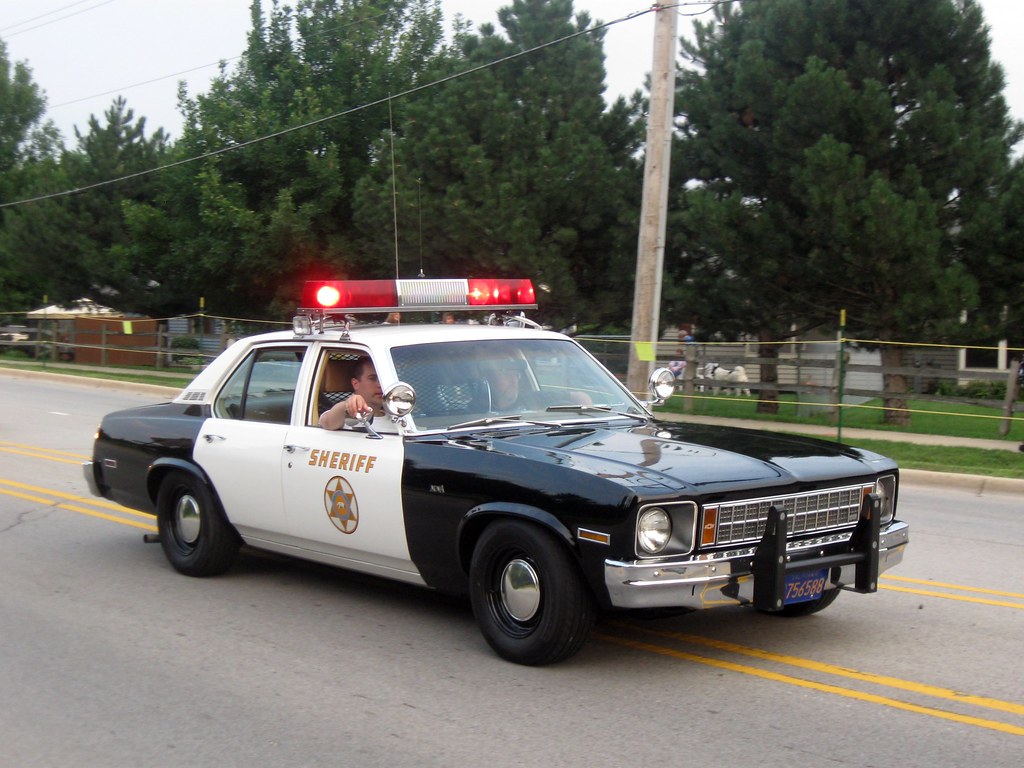In a groundbreaking development that could herald a new era in the treatment of inherited deafness, a recent clinical trial has shown remarkable success in restoring hearing and speech in children. This week, a study published in The Lancet revealed that five out of six children treated with a novel gene therapy experienced significant hearing recovery, with the first participant, an 11-year-old child, regaining hearing within just 30 days of treatment.
The clinical trial, which began in December 2022, was conducted in China in collaboration with Mass Eye and Ear and represents the first instance of gene therapy being administered to a child with inherited deafness, specifically DFNB9. This condition is caused by mutations in the OTOF gene, which leads to a failure in producing the otoferlin protein, crucial for sound signal transmission from the ear to the brain. With over 1.5 billion people affected by hearing loss globally and congenital deafness accounting for 26 million of these cases, the implications of this study are profound.
Zheng-Yi Chen, DPhil, associate scientist at Mass Eye and Ear and associate professor at Harvard Medical School, expressed the significance of the findings, stating, ‘The results from this study are truly remarkable. We saw the hearing ability of children improve dramatically week by week, as well as the regaining of their speech.’ The trial’s success is a testament to the potential of gene therapies in treating genetic conditions that have long been considered untreatable.
The trial involved six children with DFNB9 who received varying doses of an adeno-associated virus (AAV) carrying a version of the human OTOF gene. The results were promising, with five children showing a 40–57 decibel reduction in auditory brainstem response (ABR) testing, significant improvements in speech perception, and the ability to engage in normal conversation. The safety of the treatment was also confirmed, with the majority of the observed adverse events being low grade and transient.
The use of a dual-AAV vector to carry the large OTOF gene is particularly noteworthy, as it overcomes the typical gene size limitations of AAVs. This innovation could pave the way for the treatment of other genetic conditions with large genes. Yilai Shu, MD, PhD, from the Eye & ENT Hospital of Fudan University, shared his enthusiasm: ‘It is thrilling that our team translated the work from basic research in animal model of DFNB9 to hearing restoration in children with DFNB9.’
The study’s success has not only demonstrated the safety and effectiveness of gene therapy for treating DFNB9 but also its potential for other forms of genetic hearing loss. The researchers are planning to expand the trial and continue tracking the outcomes over a longer period, with the hope that these initial results will lead to lasting solutions for those affected by hereditary deafness.

In an interview, Chen shared his excitement about the future possibilities: ‘This is really the first time that hearing has been restored in any adult or children by a new approach — a gene therapy approach.’ He also hinted at the potential for this therapy to address hearing loss caused by age and noise.Chen emphasized the groundbreaking nature of the research, stating, “The implications for the field of audiology are immense. We are on the cusp of a new era in hearing restoration where age-related and noise-induced hearing loss may no longer be permanent conditions.”
The implications of this study are far-reaching, offering a glimmer of hope to millions around the world. As Chen poignantly remarked, ‘This is a huge milestone that symbolizes a new era in the fight against all types of hearing loss.’The groundbreaking findings have the potential to revolutionize the way we approach hearing loss treatment and prevention.
Researchers are hopeful that this discovery will pave the way for new therapies and interventions that could significantly improve the quality of life for those affected by hearing impairment. The road ahead may be long and challenging, but with dedication and perseverance, we can work towards a future where hearing loss is no longer a barrier to communication and connection.
Related posts:
Five Deaf Children Have Hearing Restored by AAV-Based Gene Therapy
Gene therapy shows promise for an inherited form of deafness
Experimental Gene Therapy Enables Hearing in Five Children Born Deaf





